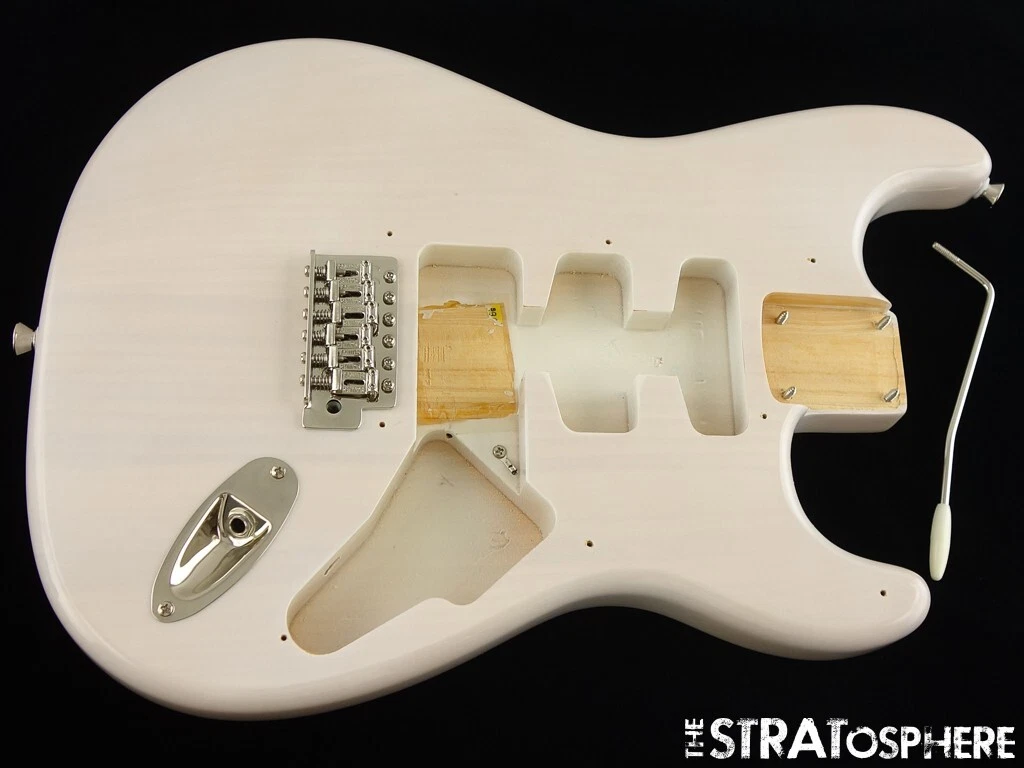stratisfied
Friend of Leo's
Yes you actually did now come to think of it. Looks like I can't get Mohawk Toner, not for a resonable prize anyway. Those cans are a bit pricey as is but I would also have to pay international shipping, import duties and tax plus handling fees on top of the cans. This is unfortunate as the mohawk tobacco burst route could have been a great look. I'll try some more but there doesn't seem to be any alternatives for the Mohawk Toners either. Leaning towards satin black.
I suggested Mohawk as it is not only my go-to for lacquer aerosols but also available from Amazon. I know Amazon offers free international shipping on most items, but it would follow that flammable aerosols are an excluded item.
Another method of solving the "love the way it plays and sounds but hate the way it looks" dilemma is to re-body, as others have mentioned. It's relatively cheap (with the right body) and protects the guitar's resale value as you can swap back should you ever decide to sell.
I have a '57 AVRI 50th Anniversary Mary Kay Strat that yellowed like nicotine-stained teeth over time. It was very patchy and blotchy but in otherwise mint condition ... you know, "the look" everyone digs but me.
I first wet sanded just the clear and then did a factory-looking clear overspray and buff but overall, the white also yellowed. I still hated it.
I decided to leave well-enough alone as I already had enough time in it and swapped everything over to a very nice $100 2-tone burst body I had bought for a partscaster project. Damned if it didn't sound and play just as good without even having to touch a saddle height or intonation screw. The neck fit was even better than the original. It also looks dead nut like a '57 Strat sunburst. If I sell it as some point, I can pop the original (stealthily clear-coated) body back on it and someone will have a nice color-aged body on an otherwise mint guitar.
Just the other day, I got the urge to have the Mary Kay color like the original. I bought a new take-off Squire Classic Vibe '50's White Blonde (Mary Kay color) body from Stratosphere. I will have to plug the import bridge holes and redrill for vintage bridge spacing but that's easy to do and hidden under the bridge plate. The sunburst body will hang around for another project.
'57 AVRI when new:

Incoming Squier body

Last edited:

